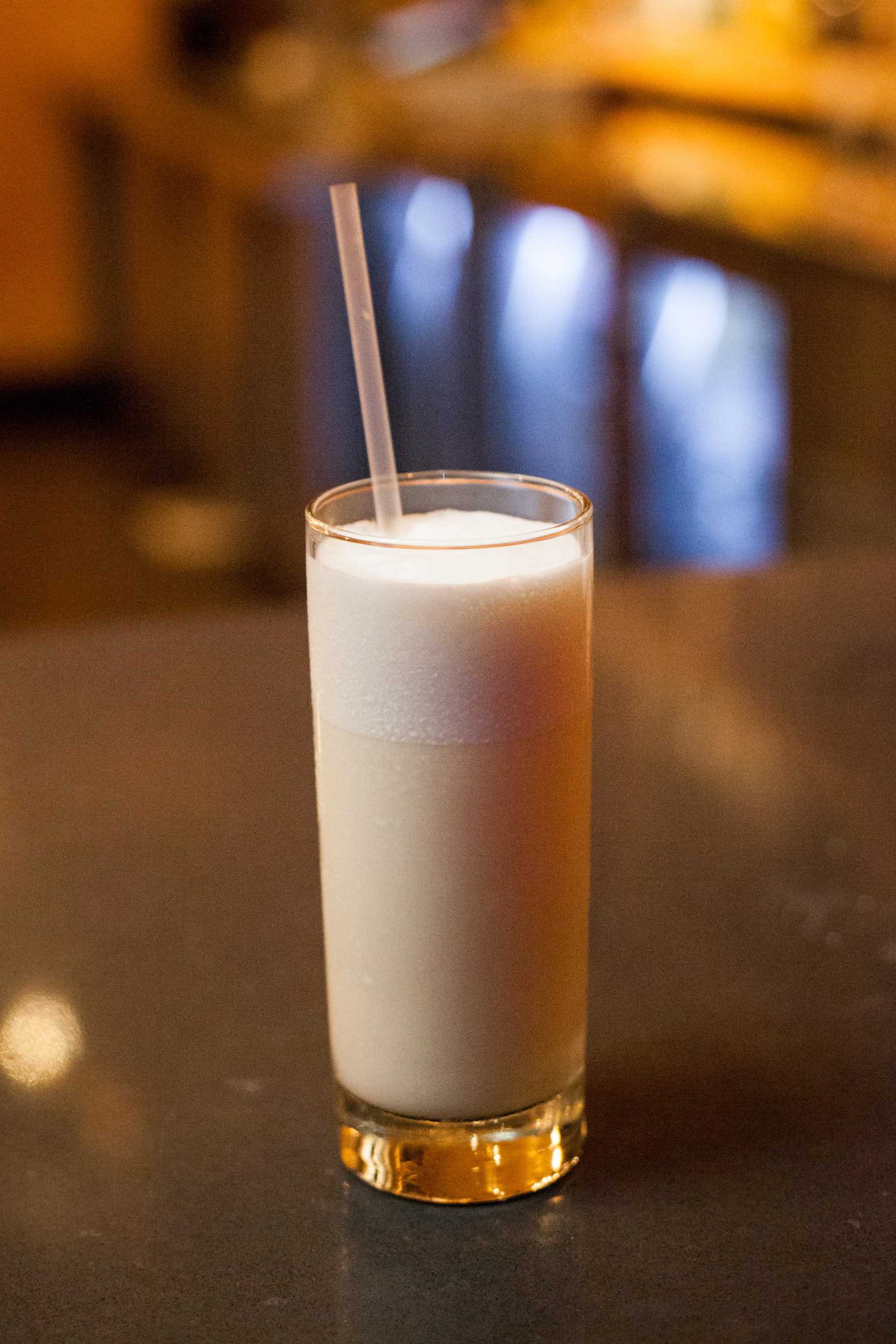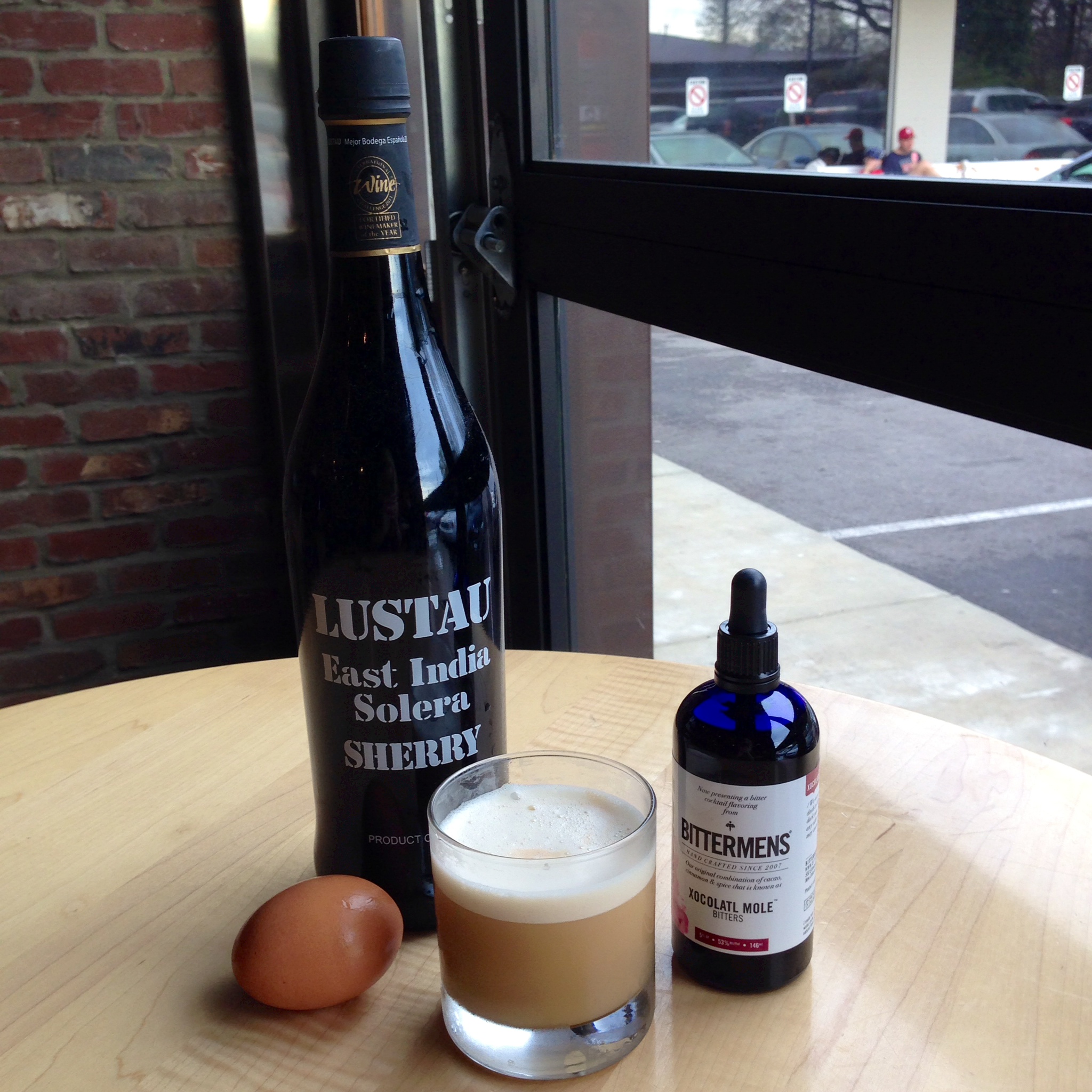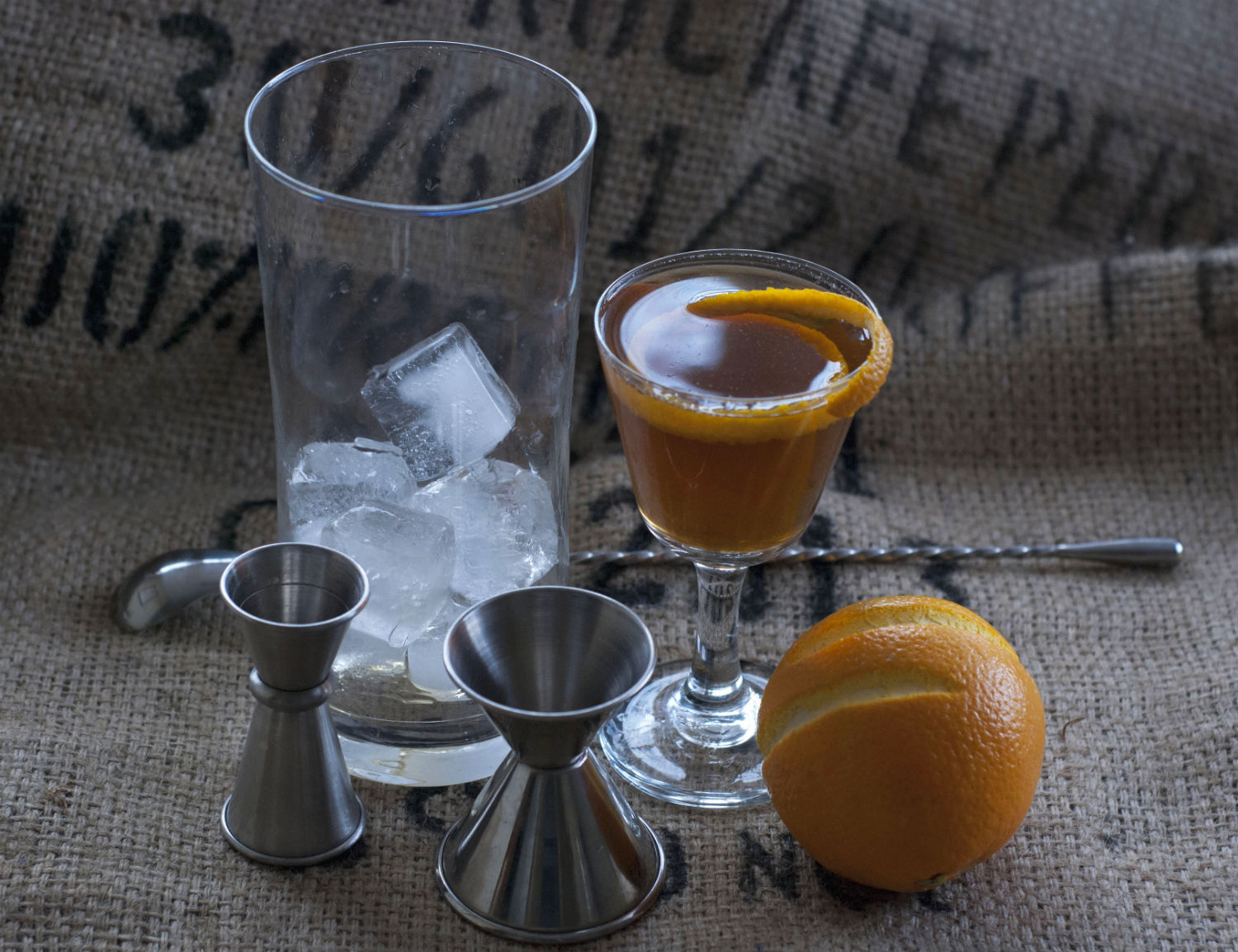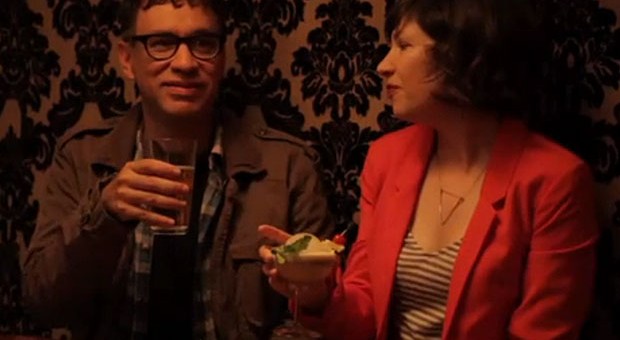 Two weeks ago, I was invited to go on a media trip around the American Whiskey Trail. After a few seconds of indecision, Adam convinced me that I would be crazy not to.
Two weeks ago, I was invited to go on a media trip around the American Whiskey Trail. After a few seconds of indecision, Adam convinced me that I would be crazy not to.
So far, he’s been right. Before I left, I successfully pitched six related articles. I feel more legitimate about calling myself a writer than ever before. Bonus points: three of them are in a new-to-me publication.
As a bartender, learning about whiskey making and everything that goes into it gives me personal knowledge of the subject. Touring distilleries gives will give me a sense of the place where it's made. Talking with distillers gives me ideas for new ways to use spirits in cocktails. Traveling opens me up to new experiences and people and ideas.
During the trip, I’ve been using the travel time (other than the drive up, duh) to work. I’ve gotten a blog post and a fact-check assignment nailed down, and I’ll hopefully get to work on other things during our drive to Lexington.
If you want to follow the fun in real time, I’ll be using the tag #allthewhiskey to label my tweets and Instagram posts. Over the next few days, we’ll be visiting distilleries including Bulleit, George Dickel, Jack Daniels, Jim Beam, Maker’s Mark, Woodford Reserve. We’ll also be participating in a small producers dinner and touring Vendome Copper.
I’m a happy camper – I’ll be sippin’ and writin’ all week long. Bring on the whiskey, y’all.



















